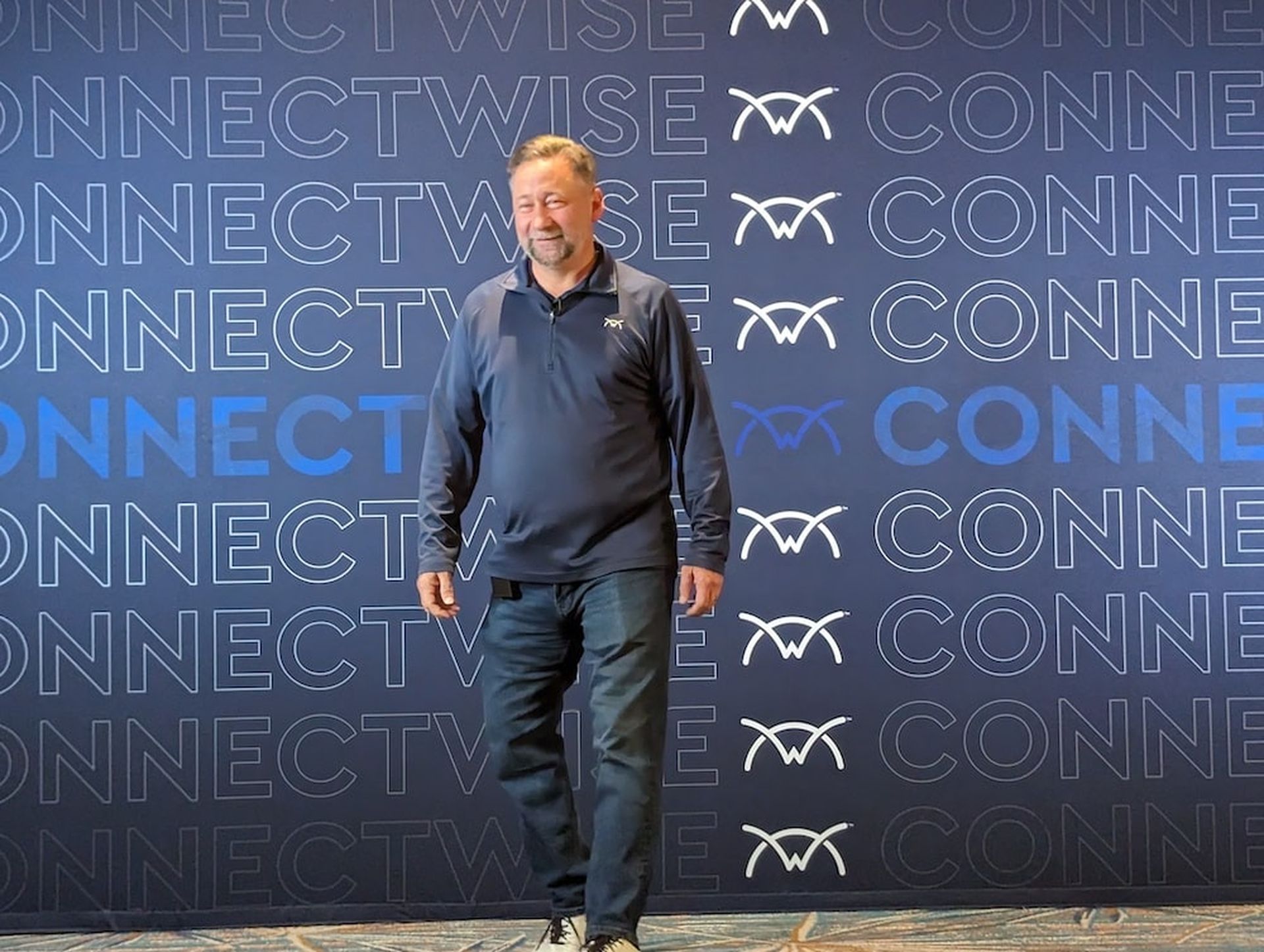
Lenovo is gaining momentum in the North America server and hyperconverged data center markets, thanks to aggressive partner training and distribution initiatives, anecdotal evidence suggests. The company's PC initiatives also are taking market share from rivals, Lenovo asserts.
No doubt, Lenovo's overall business still faces a range of challenges. On a global scale, the company must deal with tepid PC market demand and continued struggles in the smartphone business. Lenovo must also prove that the company can successfully leap beyond notebooks and desktops into the server and data center markers.
Amid all those challenges Lenovo is showing multiple signs of progress. More than 85 percent of Lenovo's North America business flows through the channel, notes North America Channel Chief Sammy Kinlaw. And for Q1 2017, which ended June 30, 2016, the company achieved these milestones:
- Lenovo sales volumes in North America were up 13.2 percent in Q1 2017 vs. Q1 2016.
- The company's unit sales grew at a 9.6 percent premium over rivals -- and that equates to a 1.2 percent share gain.
- The number of VARs buying System X server products is up 40 percent.
"In a market where you're striving for growth and striving to take market share, you always think 'we can do more' but I'm pleased to see the premium growth," Kinlaw told ChannelE2E yesterday.
In the hyperconverged data center market, Nutanix's software running on Lenovo's hardware has triggered multiple wins with VARs, distributors and partners like PC Connection and CDW, he says. "Since acquiring System X the hyperconverged opportunity has been our biggest door opener," says Kinlaw.
Lenovo purchased the System X server business from IBM in 2014. As part of that deal, Lenovo gained a strong x86 server relationship with SAP's HANA team. The hardware company has continued to build out additional data center relationships -- gaining momentum with SimpliVity and Datacore as well, he says.
The data center wins aren't tied to any particular vertical market category -- but Kinlaw has focused the push in such areas as SMB, healthcare and education. Training has also been a big priority -- including 90 channel events that are scheduled between now and August, he added.
Lenovo's Core Channel Priorities
Looking ahead, Lenovo remains focused on the education sector -- where the back to school season is generating strong demand for the company's Chromebook and higher-end mobil devices.
On the converged data center front, Lenovo will look to further grow the number of VARs that offer System X solutions. "IBM was fairly limited with a small number of System X VARs," he said. "That's not what Lenovo is about. We have a network of 30,000 VARs that we can tap into for the System X and hyperconverged opportunities."
The VARs come in all shapes and sizes -- with small firms (10 employees or under) and midmarket VARs driving successful engagements.
Lenovo also will remain focused on its distribution relationships, where the company has put an additional two weeks of inventory on the shelf to ensure partners have immediate access to hardware. Plus, Lenovo is subsidizing configuration changes in the distribution channel -- meaning that VARs can order custom-configured servers without taking a major financial hit.
Overall, Kinlaw sounds upbeat. And Lenovo appears to be gaining momentum in the server and hyperconverged markets. But challenges certainly continue for the company and the overall hardware market. A case in point: Lenovo's overall global revenue for Q1 2017 was US$10.1 billion, a six percent decrease year-over-year.
How does that compare to the company's rivals? We'll gain more clues when HP Inc. announces its latest quarterly results later today.




